Mechanical machines are urgently preparing the land for people to re-sow rice - Photo: D.V
" Tilt the field to pour water into the river"
Villages such as Phu Kinh, An Tho, Hung Nhon... of Hai Phong commune have long been the lowest flood-prone areas of Hai Lang district.
Following the O Lau River, we found Phu Kinh village, one of the units with hundreds of hectares of rice fields flooded and severely damaged. Along the flood control dykes, there were dozens of oil and gasoline pumps popping up and emitting smoke. Yellowish water was pumped from the fields through large pipes and poured into the O Lau River next door.
Dozens of farmers, old and young, took turns on duty, stacking bags of soil for reinforcement, operating pumps, checking gasoline... Meanwhile, on days when the whole village was urgently pumping to drain the flood, women were busy preparing meals for the men on duty in the fields. The atmosphere of urgent and hurried drainage was met with the people's determination to try to salvage the situation with a "new crop".
Having been present almost all night long for the past 6 days at the pumping station to drain the flood, Director of Phu Kinh Agricultural Production Service Cooperative Le Phuoc Dieu looked quite exhausted and tired. He said listlessly: "This time, in addition to the electric pumping station operating 24/7, the Cooperative also mobilized 6 diesel engines and 35 gasoline engines from local people to drain the flood.
Nearly a week after the pumps were put into operation, the water level in the fields has dropped by nearly 1 meter. At this rate, we can replant the fields in about 2 days. The entire cooperative has 185.4 hectares of fields that were deeply flooded, completely damaged and 100% must be replanted.
For now, the cooperative will cover all the costs of gasoline and oil for pumping out floodwaters. In recent days, the people of Phu Kinh village have been working hard to pump out floodwaters, but unfortunately, they have encountered many storms, making things even more difficult. According to Mr. Dieu, the rice seeds provided by the State have now reached the cooperative, basically meeting the needs of the people.
People in Phu Kinh village are on duty 24/7 to drain flooded fields after heavy rains and floods - Photo: D.V
Looking out at the vast fields of water with some fields already starting to dry up, revealing young rice stalks that had been flooded for a long time and had rotten stems and leaves, Mr. Mai Thanh Binh felt very sad. “I am 71 years old this year and have never witnessed such a big flood in the middle of summer.
The rice plants were planted less than a month ago and have been soaked for almost two weeks now. Seeing the young rice completely damaged, we farmers feel very sorry. Each sao costs more than 600,000 VND for land preparation, fertilizer, and seeds. For example, my family has to plant 2 mau and lose more than 12 million VND. Now we have to spend the same amount of money to do it again, so it is very difficult for us," Mr. Binh shared.
People in An Tho village work on the drainage pump at night - Photo: D.V
While operating the pump in the hot midday sun, Mr. Phan Trai (65 years old) also shared the same worried and sad mood when talking about this flood. Mr. Trai said: “The lives of people here mainly depend on rice, so if we don't work, we won't have anything to eat, how can we make ends meet? If we leave the fields fallow, we will have to wait until 2026 to produce again, a very long time. At that time, the cost and effort to renovate the fields will be very high. So we should replant, even though we have to face the risk of natural disasters, especially the flood around the beginning of September every year, but people are still determined to do it with the mindset that while there is water, there is hope. If the weather is kind and the flood comes late, people will be blessed."
Sowing "new crops" in anxiety
These days, many rice fields in the low-lying villages of Hai Phong commune have been flooded for a long time, with rotten stems and leaves floating on the water surface. In higher fields, the rice plants that escaped the flood have also rotted and withered, and people are working hard to prepare the land to sow again.
Director of An Tho Agricultural Production Service Cooperative Cai Van Vinh informed: The entire cooperative has 238.8 hectares flooded and 100% of the area must be re-sown. To serve the re-sown, from June 20th until now, the cooperative has mobilized a 3-pipe electric pumping station and 30 gasoline pumps and diesel pumps from the villagers to work together to drain the water. It is expected that in about 3 days, the fields will be drained to proceed with re-sowing.
Mr. Vinh added that because the price of rice seeds in the market is quite high, people plan to use various types of rice such as An Sinh 1399 and BDR 57 (+-90 days) for seeds to shorten the harvest time to avoid floods. After re-sowing, the cooperative recommends that people focus on fertilizing, stimulating growth, and eliminating pests, rats, golden apple snails, etc. to ensure the rice plants grow quickly.
Joining us in the field, Vice Chairman of Hai Phong Commune People's Committee Cai Van Cu informed: The recent unusual flood caused severe inundation of a total of 1,130 hectares of summer-autumn rice in the entire commune. The most severely damaged villages were Phu Kinh with more than 185 hectares, An Tho with 250 hectares, Hung Nhon with 200 hectares... According to statistics, most of the fields were completely damaged and had to be replanted on 1,100 hectares.
“Up to now, we have directed cooperatives to notify people to register for the State’s seed source support. The seed source basically meets the needs of people re-sowing,” said Mr. Cu. The entire Hai Phong commune currently has 7 cooperatives and 1 cooperative group, mainly engaged in agricultural production with the main crop being rice.
Being the lowest-lying areas, the floodwaters in villages such as Phu Kinh, An Tho, and Hung Nhon receded the slowest. With the determination not to abandon the fields and to try to sow a “new crop” to ensure life in the coming time, after the flood receded for about a week, the cooperatives in Hai Phong commune mobilized hundreds of pumps of all kinds and maximized their manpower to drain the water.
Up to now, some higher fields such as those in An Tho and Hung Nhon villages have begun to prepare the land for re-sowing. People in Phu Kinh village are also urgently preparing fertilizers and seeds so that "where the water recedes, the land can be prepared for re-sowing".
“In addition to using the shortest-term varieties possible, local farmers are determined to quickly sow and plant rice, then focus on taking care of the rice plants so they can harvest before September to avoid flooding. Although we know that it is now a month later than the annual crop calendar, everyone is determined to sow again. Hopefully, with the focus on care, this rice crop will overcome the upcoming floods,” Mr. Cu shared.
To help people overcome the damage and reduce difficulties in the coming time, Mr. Cu proposed that competent authorities soon provide support according to the policy of Decree No. 9/2025/ND-CP of the Government regulating policies to support agricultural production to restore production in areas damaged by natural disasters and plant pests; consider supporting electricity and oil pumping costs for units to prevent flooding for a long time; support reducing bank loan interest rates for households borrowing capital for agricultural production purposes. At the same time, support to repair agricultural production infrastructure, especially weak dike sections damaged by the recent flood.
German Vietnamese
Source: https://baoquangtri.vn/trang-dem-tieu-ung-gieo-vu-moi-194596.htm






![[Photo] Prime Minister Pham Minh Chinh chairs meeting of National Steering Committee on International Integration](https://vphoto.vietnam.vn/thumb/1200x675/vietnam/resource/IMAGE/2025/8/26/9d34a506f9fb42ac90a48179fc89abb3)

![[Photo] Multi-colored cultural space at the Exhibition "80 years of the journey of Independence - Freedom - Happiness"](https://vphoto.vietnam.vn/thumb/1200x675/vietnam/resource/IMAGE/2025/8/26/fe69de34803e4ac1bf88ce49813d95d8)

![[Photo] Prime Minister Pham Minh Chinh receives CEO of Samsung Electronics](https://vphoto.vietnam.vn/thumb/1200x675/vietnam/resource/IMAGE/2025/8/26/373f5db99f704e6eb1321c787485c3c2)

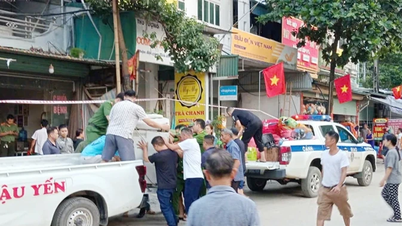

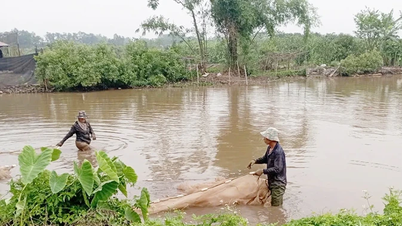


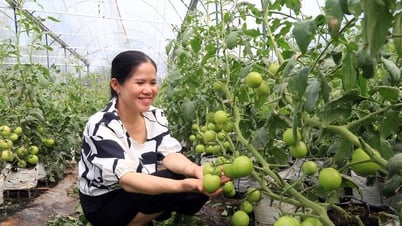




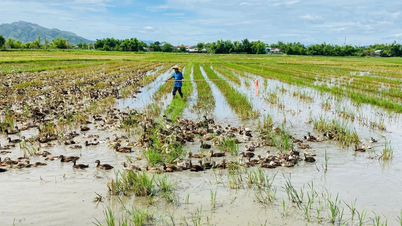



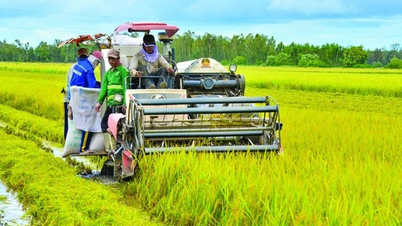

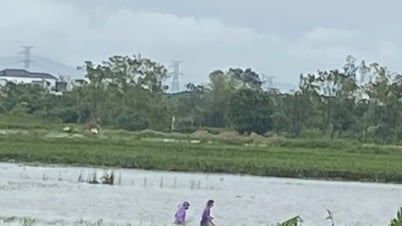
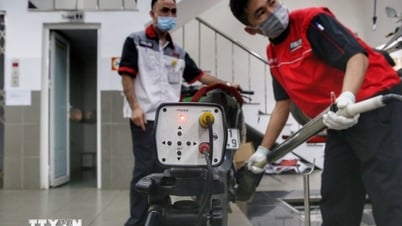







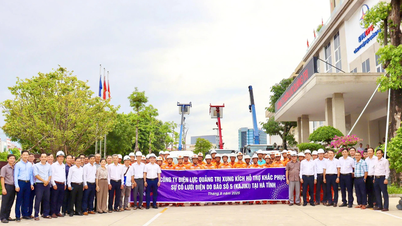

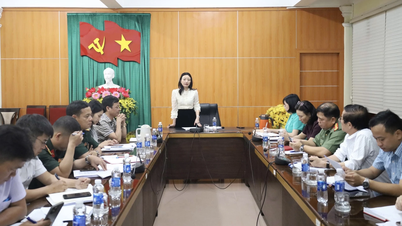
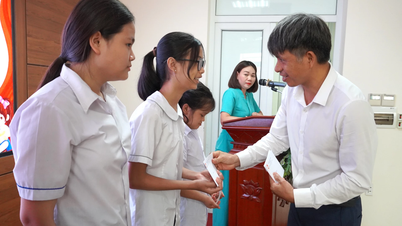

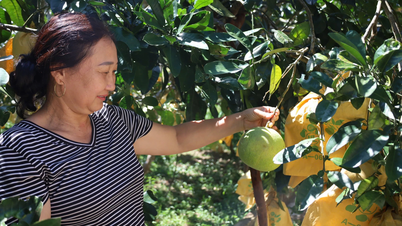
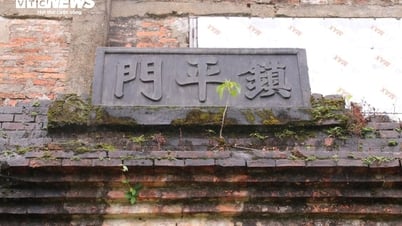

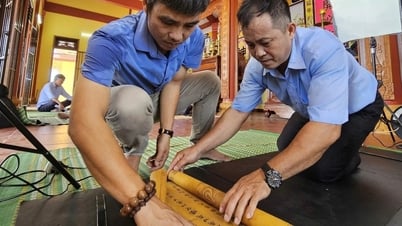

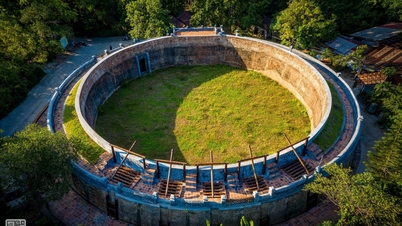





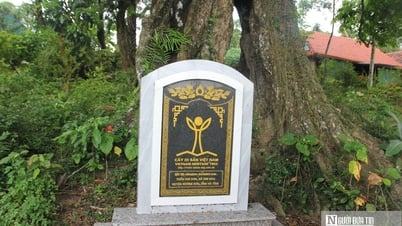












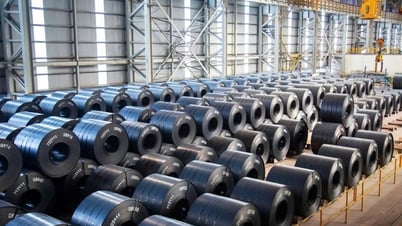


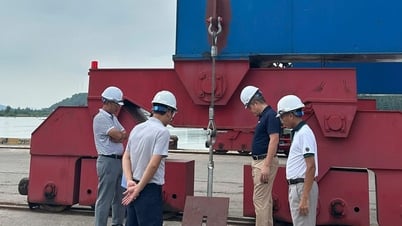



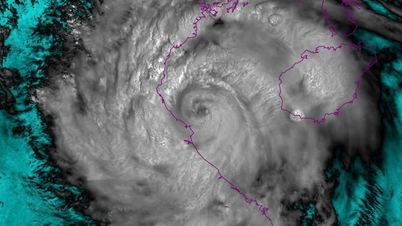
















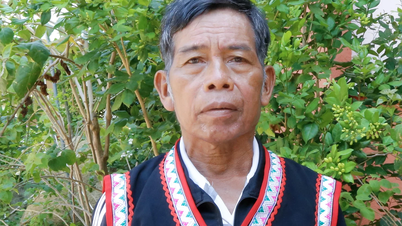

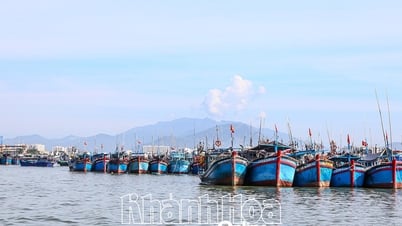
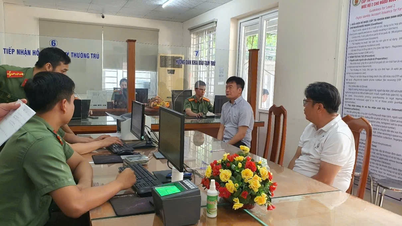


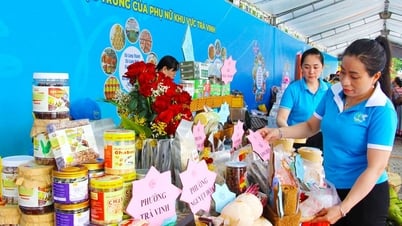




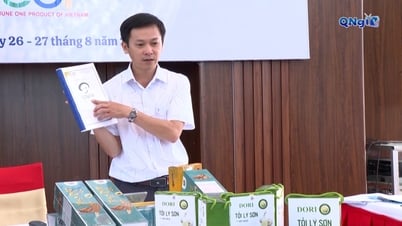



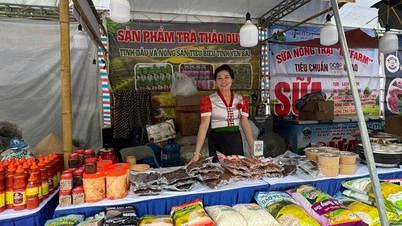


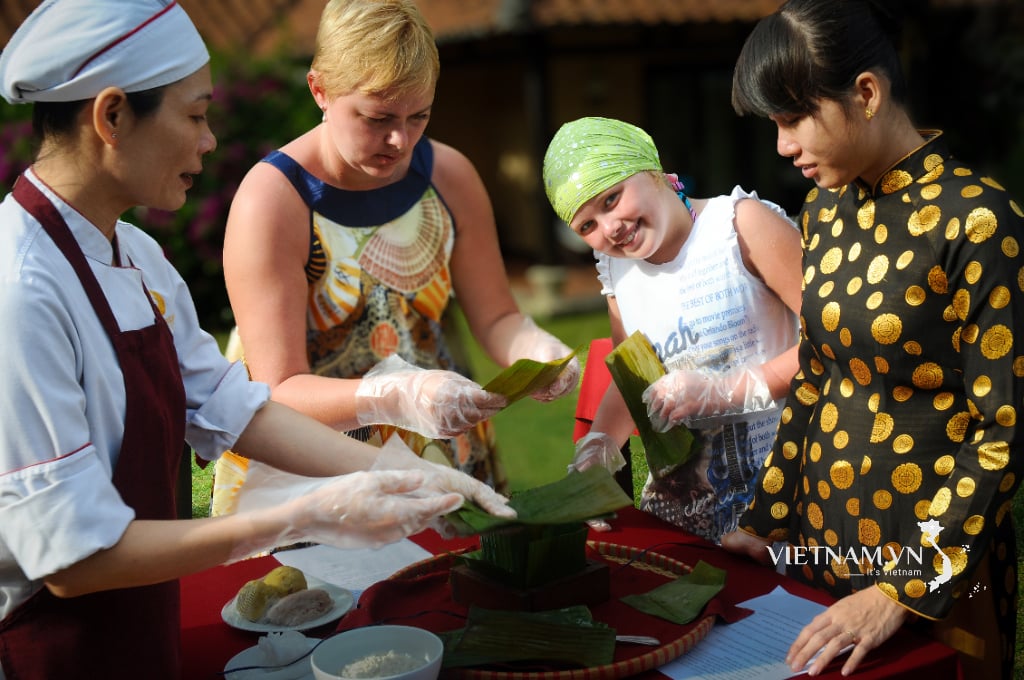
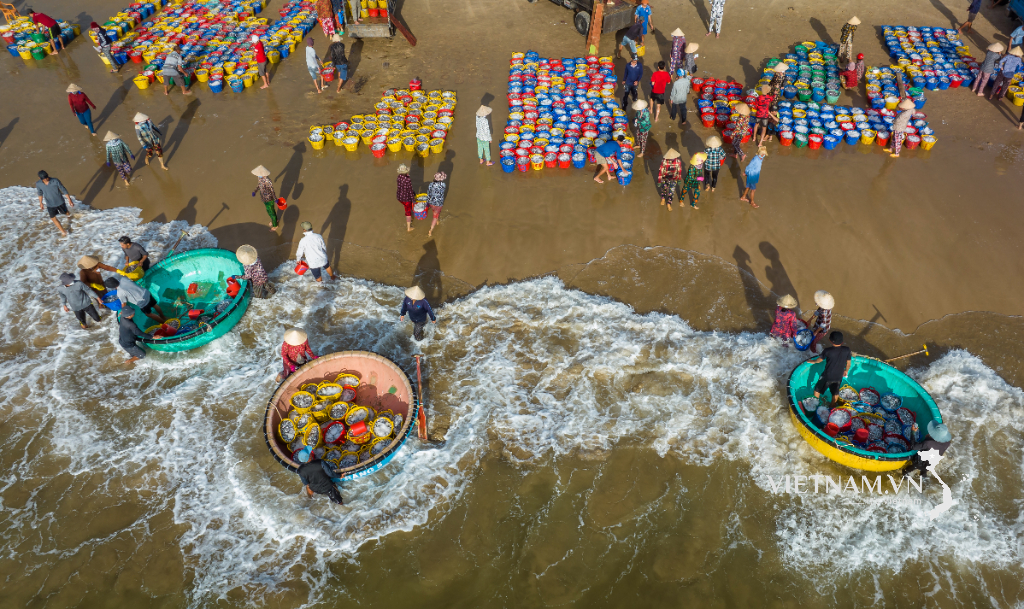


Comment (0)